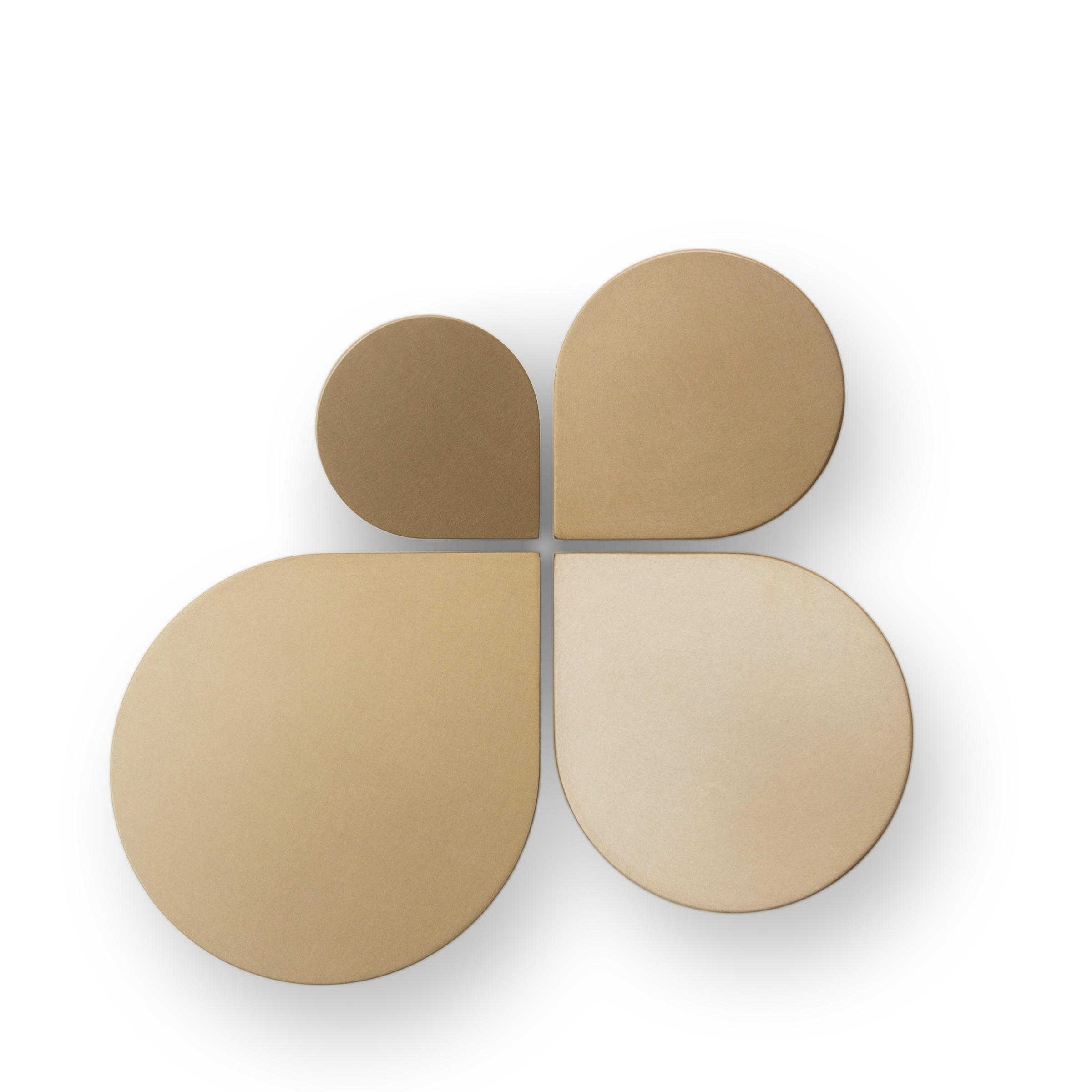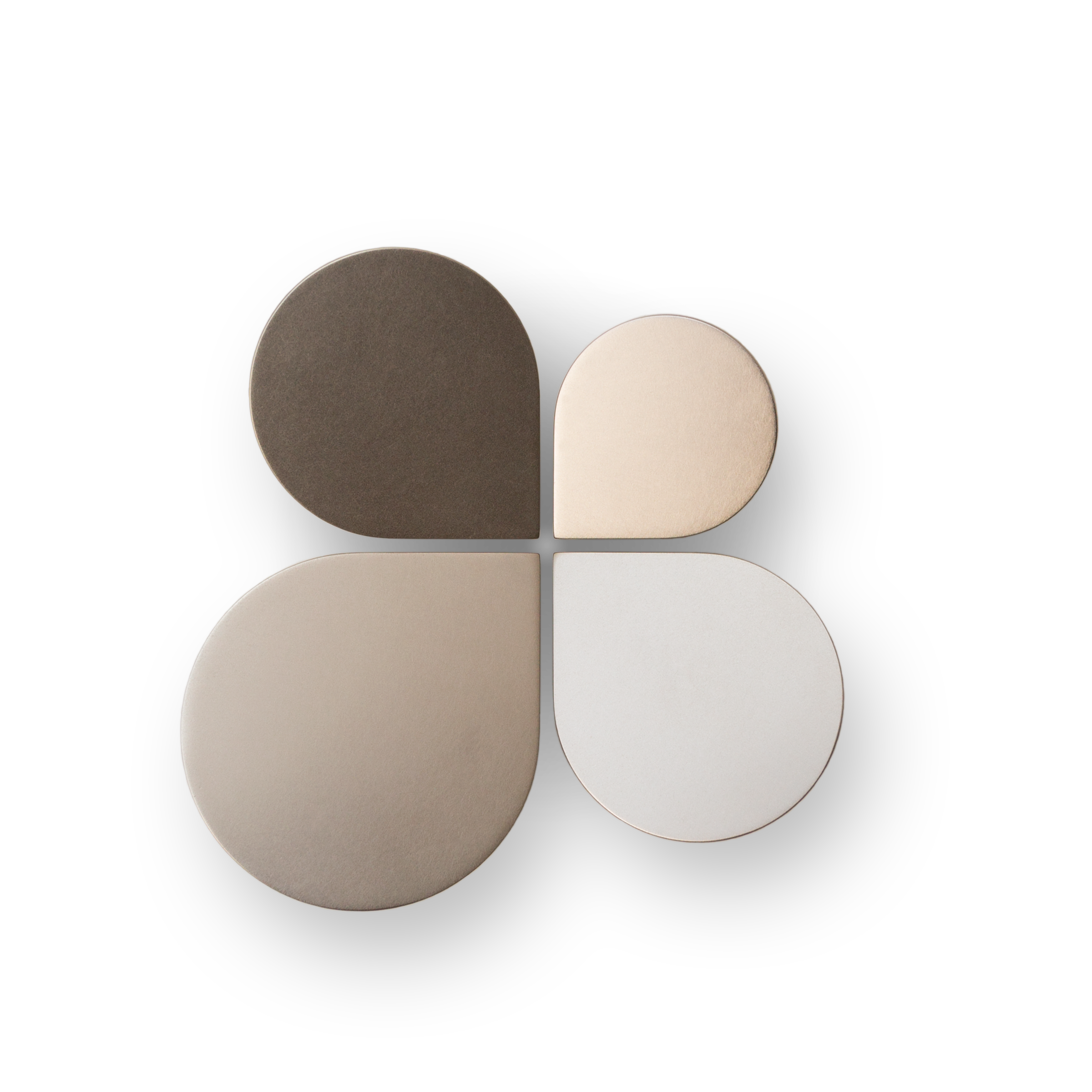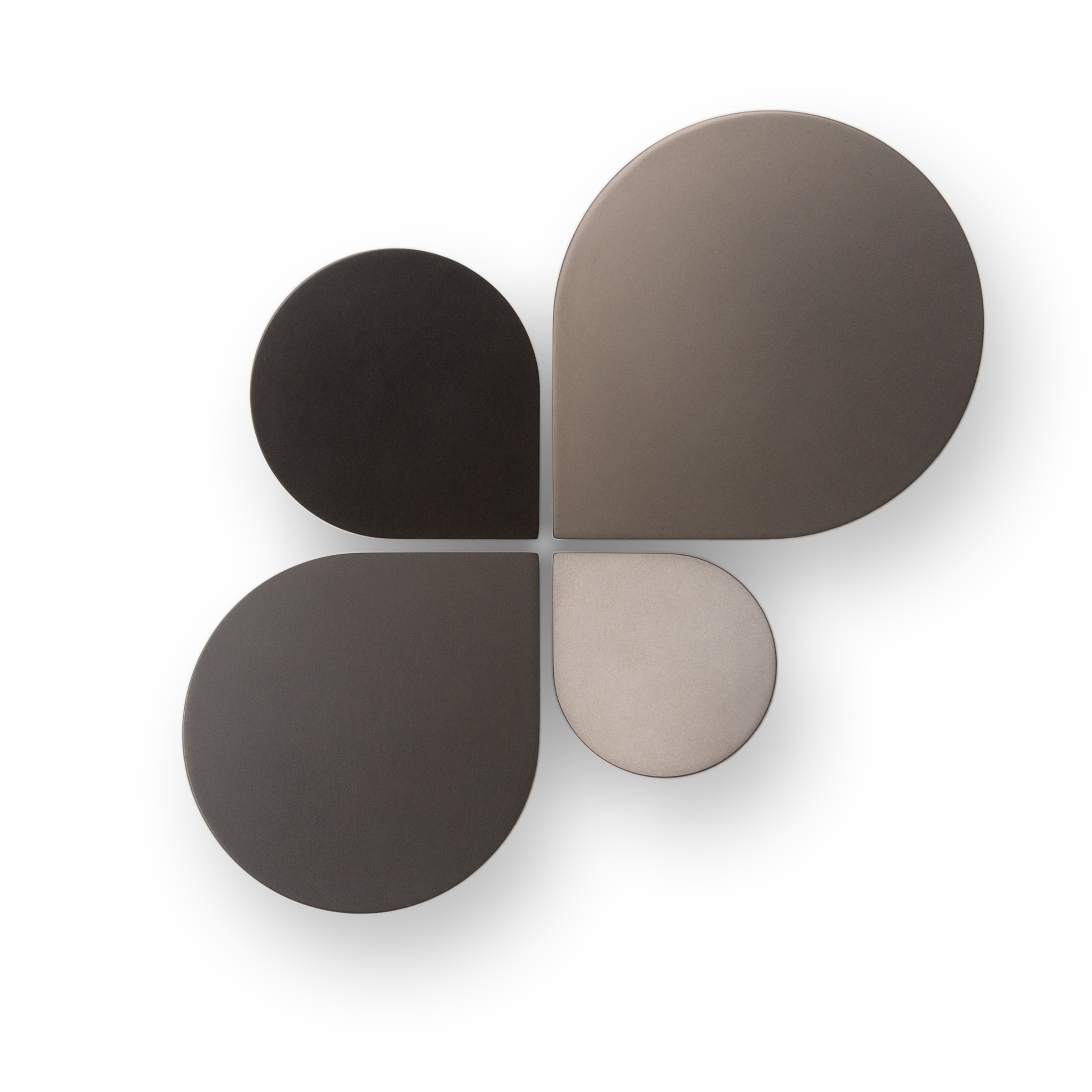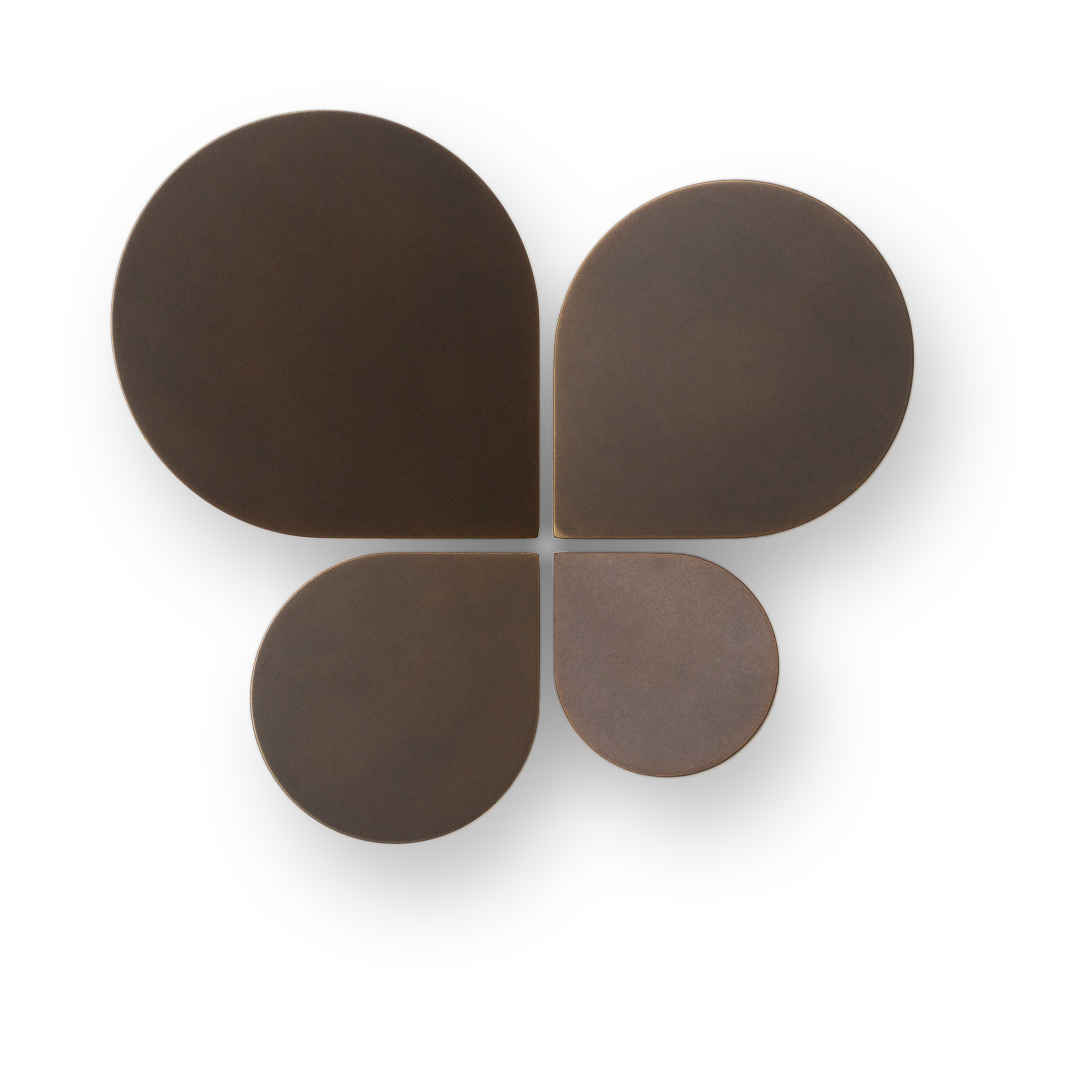Copper
Aside from gold, copper is the only metallic element with a natural color other than gray or silver. A freshly exposed surface of pure copper has an extraordinary pinkish-orange color. Copper is also unique in that it is one of the few metals that can be used directly in its natural state. This led to very early human use and is recognized as the first metal to be worked by humans.
Copper is biostatic, meaning bacteria, microorganisms, and many other forms of life will not grow on it. Civilizations have been using copper vessels since ancient times for storing water, even before modern science realized its antimicrobial properties.
Copper is recyclable without any loss of quality, both from raw state and from manufactured products. An estimated 80% of all copper ever mined is still in use today and can continue to be recycled without any changes to its properties.
The Earth's copper was formed in exploding white dwarfs and massive stars, before the solar system formed. About two-thirds of the copper on Earth is found in igneous (volcanic) rocks, and about one-quarter occurs in sedimentary rocks.
Examples using Brass:



















